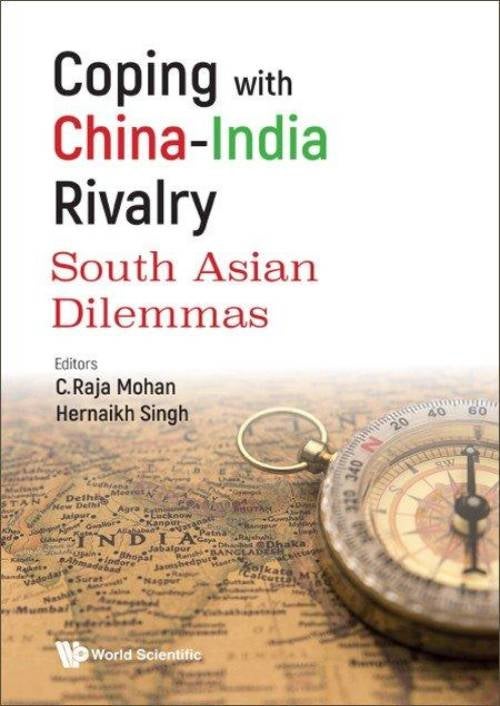Coping with China-India Rivalry: South Asian Dilemmas
C Raja Mohan, Hernaikh Singh
4 January 2023Although China has been an important external actor in South Asia since the middle of the last century, it is only in the 21st century that China became a decisive influence on the region's evolution. The emergence of China as the world's second-largest economy naturally made it the largest trading partner for most South Asian countries. China's rapid military modernisation, facilitated by its expansive economic growth, had a major impact on the region's security politics. China's political and diplomatic weight is now visible sharply not only in the economic, foreign, and security policies of the South Asian nations but also in their domestic politics.
Meanwhile, India has emerged, albeit at a slower pace than China, as a major power over the last two decades. Like Beijing, New Delhi's geopolitical aspirations too have steadily risen during that period. This has set the stage for growing strategic friction between India and China. The friction has enveloped many regional and global domains, but its greatest expression has been in the shared South Asian neighborhood. India is determined to sustain its traditional primacy in the region and China is determined to consolidate its growing influence in South Asia. The sharpening friction has also begun to intersect with the growing great power tensions, especially between the United States and China. Many elements of these new dynamics have drawn academic engagement, in particular from the major power perspectives. However, the voices of the smaller South Asian nations have not been sufficiently heard or analysed. This volume seeks to address that major gap in the current discourse on the Indian subcontinent and its changing role in great power politics.
-
 More From :
More From :
-
 Tags :
Tags :
-




